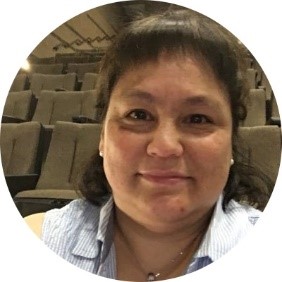 With the recent suicides of Kate Spade and Anthony Bourdain, suicide prevention and mental health awareness are a significant part of the daily news cycle. As someone who has been affected personally by suicides, I am hopeful that the more open we are about these issues, the less it becomes a taboo topic.
With the recent suicides of Kate Spade and Anthony Bourdain, suicide prevention and mental health awareness are a significant part of the daily news cycle. As someone who has been affected personally by suicides, I am hopeful that the more open we are about these issues, the less it becomes a taboo topic.
As a middle school teacher and parent, I am well aware of all the confusion and angst that accompany adolescence. My own teen years were a struggle, which is why I believe I chose to teach in the middle school grade years.
During my first year of teaching, my principal offered my colleagues and I an opportunity to attend a Youth Mental Health First Aid course—and I jumped on it.
I was eager to learn about how I could help kids who might be living with mental health issues and/or thoughts of suicide. And again, as this was my first year of teaching, I never thought I would need to use any of the tools I learned in the course right away.
I attended the course, which I highly recommend, and it helped to dispel many myths about suicide that I had believed were fact. I was especially moved by the Kevin Hines video—what really stuck with me was the fact that if someone – anyone – had asked him whether he was considering suicide, he would have opened up to them.
Prior to this, I had assumed that mentioning suicide or even asking if the person had a plan in place would give that person ideas they hadn’t already thought of. Armed with this information, I was still a bit skeptical, but vowed that if I were ever to be in a situation where I suspected that someone was considering suicide, I would do exactly as I had been trained in the Youth Mental Health First Aid course.
A few months later, I noticed a student was having a particularly rough day. After listening to him tell me about the awful day he had been having, he said life would just be easier if he wasn’t around. My Youth Mental Health First Aid training immediately kicked in and I asked him if he was considering suicide.
He began crying and said yes.
I then asked him if he had a plan in place and he said he hadn’t really thought it through, but that he knew there was something wrong with him because he was sad all the time. I was able to refer him to our school counselor to get the help he needed.
I am thankful that I attended the Youth Mental Health First Aid course because it gave me the tools necessary to handle such a situation. Without the knowledge from the course, I know I would not have been able to have that awkward conversation with my student.
With Youth Mental Health First Aid training, you don’t need to be an expert to help someone in need. Find a course near you today.
Shelly Lange is a middle school English teacher in Springfield, Missouri. She is also a wife, mother, avid reader and lifelong learner.